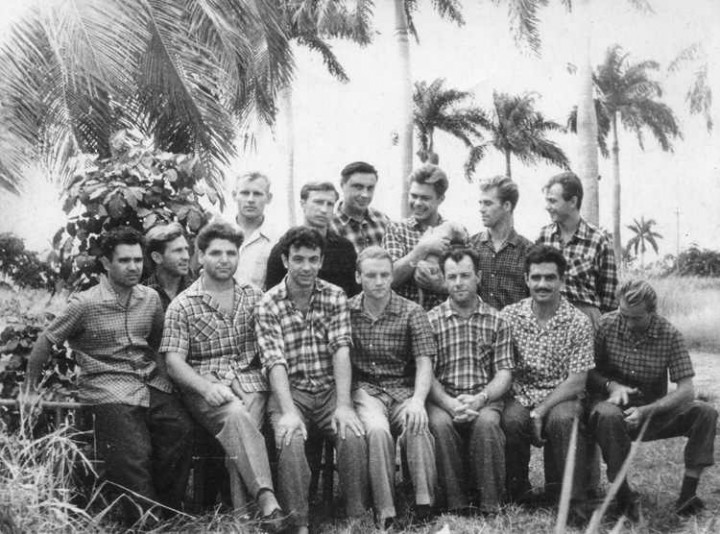
Soviet ‘Cubans’ want respect for duty in ’60s
The recent announcement of Russian President Vladimir Putin’s trip to Cuba and the write-off by Russia of Cuba’s debt to the Soviet Union have stirred the memories of many veterans of the former Soviet Army who served in Cuba in the early 1960s.
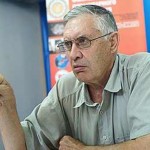
On Saturday (July 5), the newspaper Samarskye Izvestia published an interview with Yevgeny Bezrukov, who heads a group of about 80 aging veterans who were in Cuba during the so-called October missile crisis of 1962.
Although they and other Soviet servicemen did not participate in battlefield action — many of them were construction workers, maintenance technicians, security guards, etc. — they would like the Russian government to recognize them as “internationalist combatants” and adjust their military records accordingly.
The Soviet presence in Cuba at the time was known as “Operation Anadyr.” It consisted of 43,000 troops, former U.S. Secretary of Defense Robert McNamara disclosed in 1992.
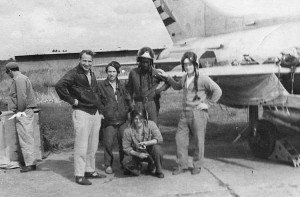
“It’s not about benefits or additional payments,” Bezrukov told the newspaper. “We do not want the extra 300 rubles [$9] added to our pension, but we do want justice. Other republics that were part of the Soviet Union have acknowledged that they took part in Operation Anadyr. But Russia didn’t.”
“We wrote a lot of requests to the Ministry of Defense,” the veteran said. “Every time we were turned down.”
NOT EVERYONE IS ENTITLED
Another Samara veteran, Viktor Cherednichenko, showed letters from the Ministry of Defense that said that the veterans served overseas and were given a special diploma. They did not qualify for the designation of “internationalist combatants” or a medal for internationalist combat duty, the letters said.
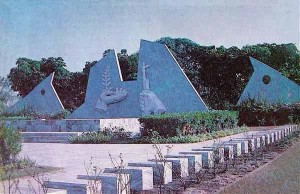
“The fact remains that Soviet troops in Cuba shot down a U.S. spy plane!” exclaimed Bezrukov. “Three of us ‘Cubans’ from Samara received combat awards. Combat! How could a plane be shot down and awards presented without hostilities taking place?
A U2 reconnaissance plane was indeed shot down over Banes, Cuba, on Oct. 27, 1962. The pilot, Maj. Rudolf Anderson, died.
The missile defense crewmen who downed the American plane brought part of the fuselage back, Bezrukov said. It is now on display in a museum in Saratov, south of Samara, where he lives. (The Samara Oblast, or region, is southeast of Moscow.)
“Near Havana there’s a special cemetery where Soviet soldiers who died during the operation are buried. How do you explain that?” insisted the veteran.
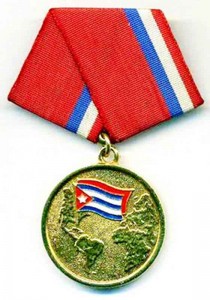
Bezrukov was referring to the Mausoleum of the Soviet Internationalist Soldier, next to the Lourdes Electronic Intelligence Base. The 67 people buried there died of natural causes during their tour of duty in Cuba, not in battle. The base, which closed in 2001, is now occupied by the University of Computer Sciences.
The case of the Samara “Cubans” has been taken up in the Russian Parliament by deputy Aleksandr Khinshtein, who has agreed to represent them at the federal level.
An interesting nuance has developed, the newspaper points out. One of the former Soviet countries that officially recognized the merits of all internationalist soldiers was Ukraine. Ever since Crimea — former Ukrainian territory — became part of Russia last March, Crimean internationalists have ceased to be considered as veterans.


